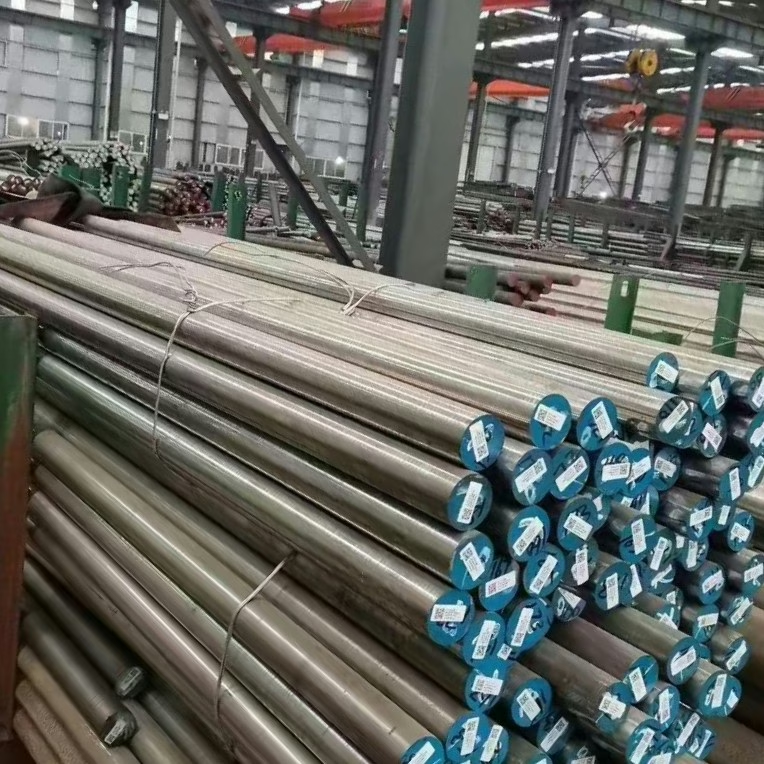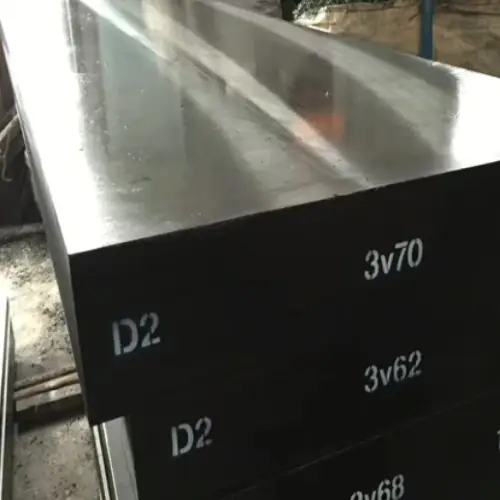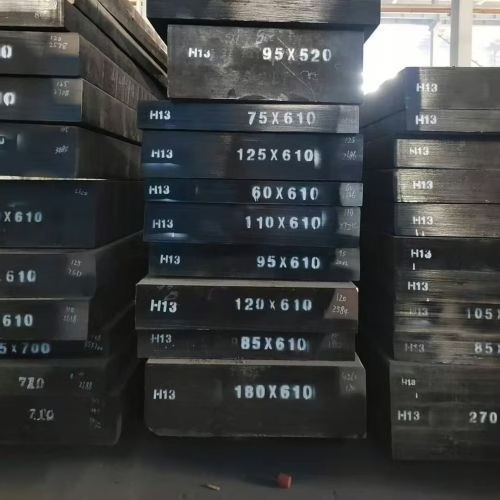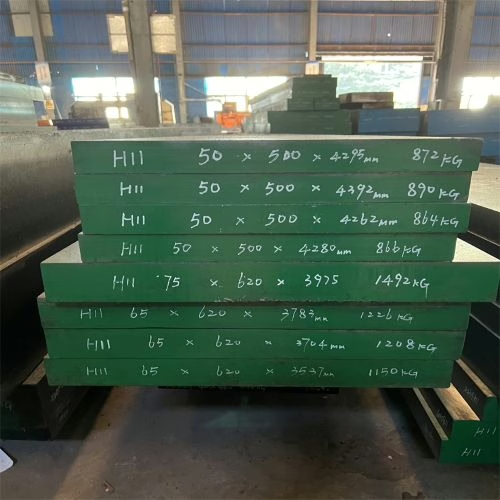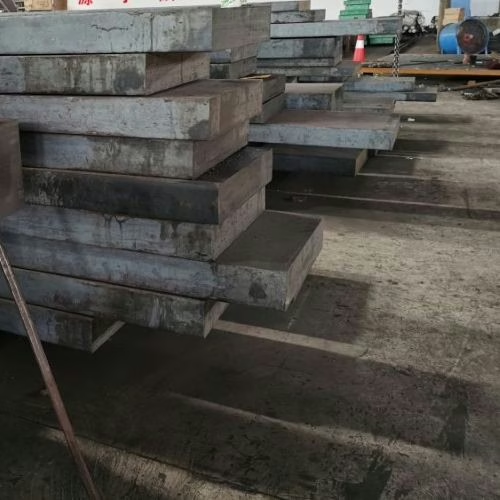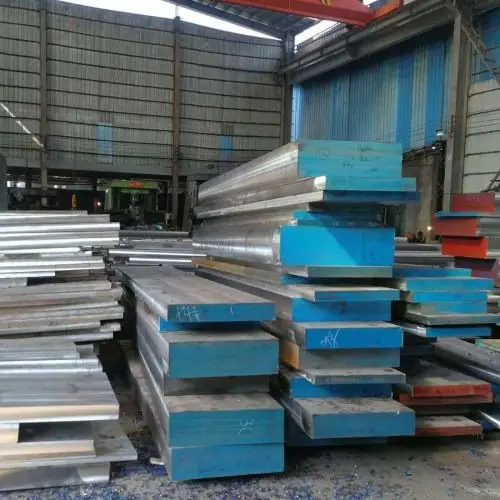420 stainless steel vs 304: In terms of name, 420 stainless steel and 304 stainless steel are both...
Yes, 420 stainless steel is widely regarded as a good material for knives and cutlery, particularly...
What is 420 stainless steel? 420 stainless steel is a prominent martensitic stainless steel...
D2 tool steel and 1095 carbon steel are distinct materials with different compositions, properties...
H13 vs A2 tool steel: What is the difference between A2 and H13 steel? H13 and A2 are both widely...
H11 tool steel heat treatment’s purpose is to transform the soft, annealed microstructure...
P20 steel is a widely recognized and utilized material for plastic molds because of a combination of...
The “QT” in 42CrMo4 QT stands for quenching and tempering. 42CrMo4 steel is designated as 1.7225 in...
4130 vs 4140 steel: let’s compare 4130 steel and AISI 4140 steel, drawing directly. Both are...

